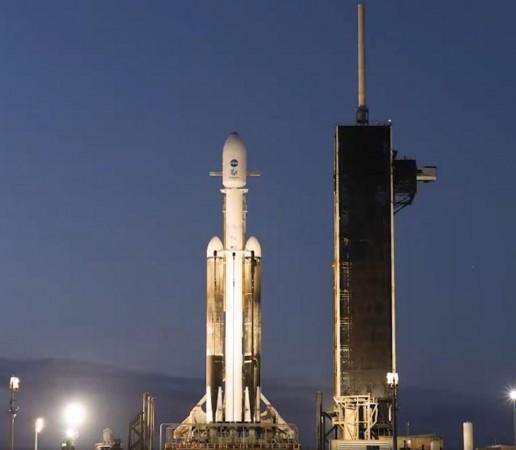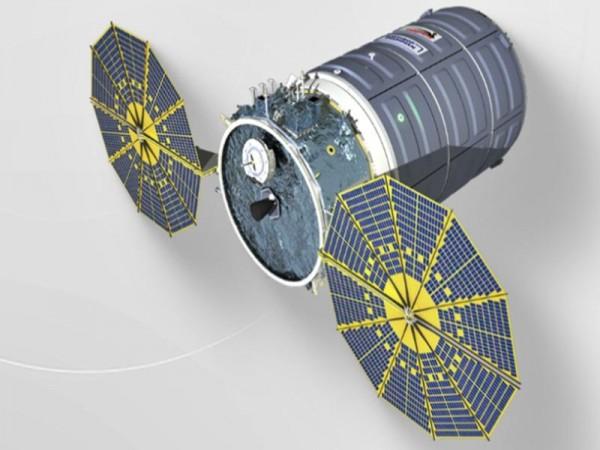
After a delay due to the devastating Hurricane Milton, NASA's Europa Clipper mission is now set to embark on its journey to Jupiter's icy moon, Europa. The mission, initially scheduled for October 10, is now slated to lift off on Monday, according to SpaceX. The spacecraft will be launched aboard SpaceX's Falcon Heavy rocket from NASA Kennedy's Launch Complex 39A in Floridaat 12:05 p.m. ET. This mission marks the sixth and final flight for the first stage side boosters supporting this mission. These boosters have previously assisted in the launch of several missions, including USSF-44, USSF-67, USSF-52, Hughes JUPITER 3, and NASA's Psyche mission.
The Europa Clipper, valued at $5 billion, is the largest spacecraft NASA has ever developed for a planetary mission. Its solar arrays span more than 30 meters when deployed and weigh nearly 6,000 kilograms at launch. The spacecraft is powered by 24 engines, and its propulsion module is an aluminum cylinder 3 meters long and 1.5 meters wide. The spacecraft is slated to travel 2.6 billion kilometers to reach the Jupiter system, where it is expected to arrive in 2030. During its journey, it will make a flyby of Mars in February 2025, and then of Earth in December 2026.
The primary objective of the Europa Clipper mission is to investigate Jupiter's icy moon Europa to determine its potential to harbor conditions suitable for life. It is expected to make nearly 50 flybys of Jupiter's icy moon Europa, where it will survey conditions suitable to support life. The mission's findings will help scientists better understand the astrobiological potential for habitable worlds beyond our planet.

According to NASA scientists, Europa is one of the most promising places in the solar system to hunt for extraterrestrial life. Several missions, including Pioneer 10 and 11, Voyager 1 and 2, Galileo, Juno, Cassini, and New Horizons, have gathered strong evidence that Europa contains a huge ocean in its interior, beneath a shell of ice estimated to be between 2 to 20 miles (3 to 30 kilometers) thick. The Europa Clipper mission is not just a scientific endeavor but also a testament to human ingenuity and resilience. The spacecraft's electronics are encased within an armored vault with 0.3-inch-thick (9 millimeters) aluminum walls to protect against the hazardous radiation of the environment near Jupiter and Europa. This design is similar to the radiation vault on NASA's Juno spacecraft.
The mission will also carry a unique piece of human culture. A poem written by U.S. Poet Laureate Ada Limón, titled "In Praise of Mystery: A Poem for Europa", along with the names of participants etched onto microchips, will travel 1.8 billion miles on Europa Clipper's voyage to the Jupiter system. This campaign, a special collaboration uniting art and science, symbolizes Earth's yearning to reach out and understand what makes a world habitable. As we continue to explore the cosmos, missions like the Europa Clipper not only expand our scientific knowledge but also inspire us to dream about the possibilities that lie beyond our home planet. The Europa Clipper mission is a significant step in our quest to understand the universe and our place in it.









